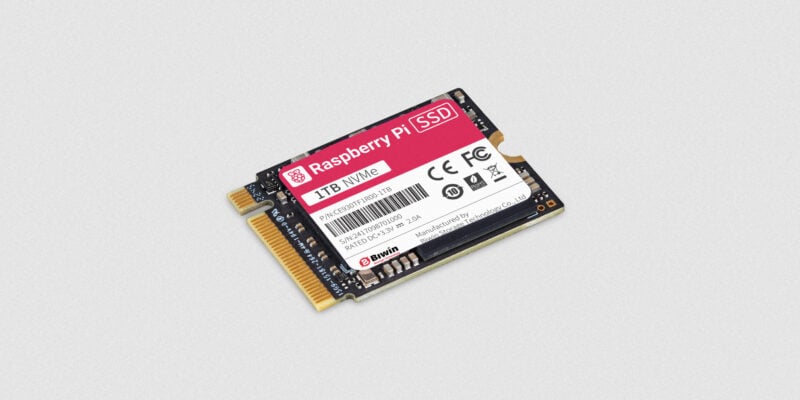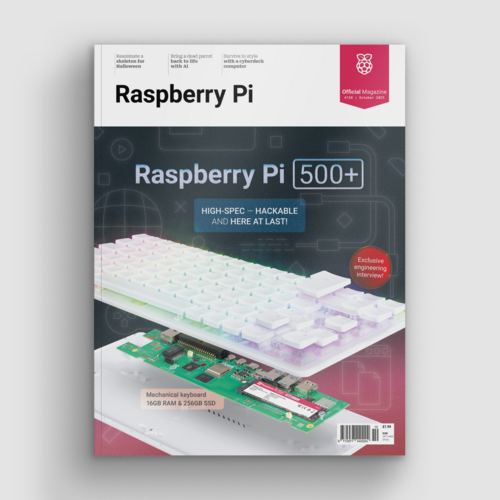6 Tips for Writing Code
By Gareth Branwyn. Posted
This article was originally published as part of HackSpace magazine, which has since been incorporated into Raspberry Pi Official Magazine.

In a highly recommended YouTube video and Instructable, entitled ‘Arduino Sample Code Mashups’, Becky Stern simply and beautifully breaks down how to think through the design of a hardware project and the software that you will need to create to run it.
Advertisement
The desktop computer you've been waiting for: Raspberry Pi 500+
While the video is geared to Arduino, almost everything is applicable to any microcontroller programming language. Here are the basic considerations that she outlines:
- Define your purpose – Write down the goals of your project, and what features are required and which ones are optional.
- Classify inputs and outputs – List out all of the inputs and outputs you plan on using.
- Write pseudocode – Explain in plain English the steps the program will walk through as it's executed.
- Test your hardware – Test out each subsystem of your design by using sample code known to work with each input and output component.
- Create your program – Paste in all of your now-verified code samples, and start building your program from there.
- Make incremental improvements – Once you get everything working, you can then fix or change any issues you encounter or changes you care to make.
Gareth has been a lifelong practitioner (and chronicler) of DIY tech, media, and culture. He is the author of ten books, including Tips and Tales from the Workshop, and is a former editor for Boing Boing and Wired
Subscribe to Raspberry Pi Official Magazine
Save up to 37% off the cover price and get a FREE Raspberry Pi Pico 2 W with a subscription to Raspberry Pi Official Magazine.
More articles

Raspberry Pi 500+ in Raspberry Pi Official Magazine issue 158
We’re quite taken with Raspberry Pi 500+. But when you don’t need all that processing power, and just want a board that will make a plastic skeleton jump around in a terrifying manner, you’ll find Raspberry Pi Pico more than up to the job. There’s more terror in the magazine (which is only right as […]
Read more →

Win one of five Raspberry Pi SSD 1TB
Raspberry Pi prides itself on high quality hardware, and this 1TB Raspberry Pi SSD is no different. You can use it with a standard Raspberry Pi or even in your desktop PC – the choice is yours. We have five to give away and you can enter below Win 1 of 5 Raspberry Pi SSD […]
Read more →

Dual-screen cyberdeck
Twin screens mean you can code on one screen while watching David Bowie’s 1978 Musikladen show on the other.
Read more →
Sign up to the newsletter
Get every issue delivered directly to your inbox and keep up to date with the latest news, offers, events, and more.
